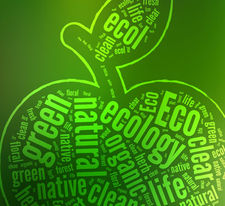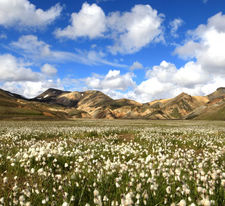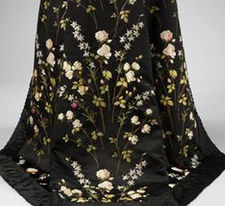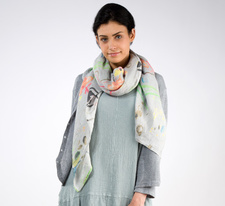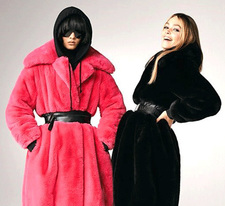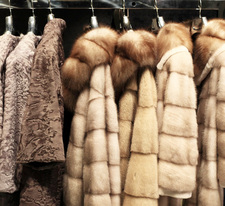In harmony with nature
part 1 part 2 part 3
Guarantees of environmental friendliness
A new section of the WGSN platform is dedicated to environmental issues. With its help, you can get acquainted not only with current solutions in the field of eco-fashion, but also with certificates confirming the ethics of materials and technologies. Thus, the BCI standard (The Better Cotton Initiative) focuses on assessing the problems associated with the rejection of pesticides and excess water in cotton cultivation. GOTS (The Global Organic Textile Standard) is a guarantee that textiles are organic. OE 100 Standard confirms the use of organic cotton in yarns and fabrics. R-W-S (The Responsible Wool Standard) identifies the best farming practices and provides guarantees that wool was produced with proper pasture management and ethical treatment of sheep. There are other certificates that confirm the absence of harmful substances in textiles, the biodegradability of products, the literacy of forest management, etc. In addition to checking the quality of materials, standards assess water losses, input and output flows of harmful substances that may occur in production processes.

Environmental initiatives in fashion
One of the pioneers in creating ethical fashion was the activist of the green movement Stella McCartney, who used organic cotton and eco-fabrics for her collections, abandoned natural fur and leather, and also released a line of natural cosmetics. A notable figure in this movement is Vivienne Westwood, who has her own position on environmental protection, waste recycling and consumption.
Organic fabrics, as well as recycled synthetic materials, testifying to the care of nature and the environment, can now be found in the collections of many well-known brands: Alexander McQueen, Benetton, Donna Karan, Levi's, Giorgio Armani, Timberland, Adidas, etc. Among the world's largest consumers of organic cotton are H&M, Zara, Nike, EarthPositive. Environmentally friendly materials are of particular importance for children's clothing. Designers and companies from Russia and CIS countries declare their commitment to eco-principles, including Oleg Biryukov, Vika Gazinskaya, Lilya Pustovit, the brand "YOURS" and many others.
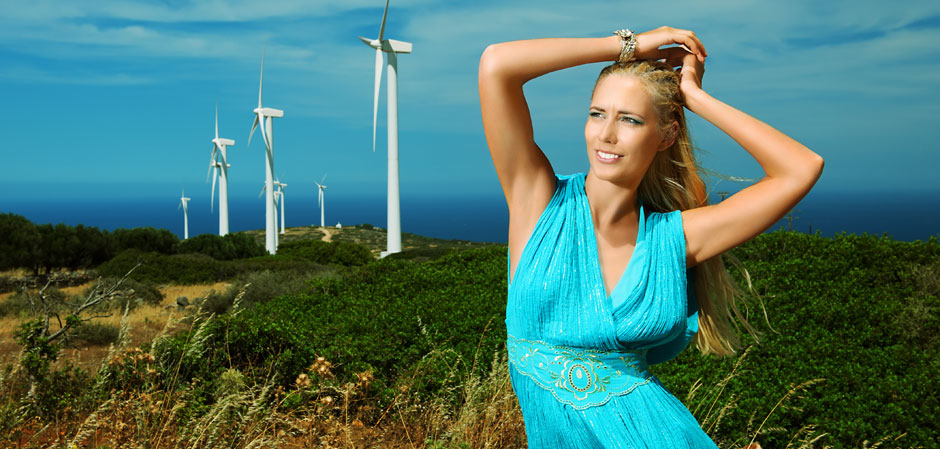
Environmental initiatives have become fashionable, they attract the attention of consumers and form an eco-friendly image of brands. And yet the fashion industry is not yet ready for a radical restructuring. The future lies in the gradual development of resource-saving technologies, the recycling of materials for reuse, the transition to organic textiles and ethical fashion.
Ecological raw materials for the beauty industry
When selecting the starting materials for the creation of eco-friendly cosmetics, the principles of green chemistry are observed and preference is given to raw materials obtained through organic farming, while rejecting chemical fertilizers, pesticides and methods that destroy the environment.
In the beauty industry, they talk about natural, organic and vegan cosmetics. These terms are close, but not equivalent and not completely identical to those that are accepted in the field of fashion. For example, it is believed that natural products contain natural components of plant origin, while organic products consist almost exclusively of them. The compositions of the funds are actively discussed, round tables held by online publications such as Lookbiojournal and are devoted to this topicEKOKOSMETIKA.RU , within the framework of INTERCHARM Professional. In vegan formulations, according to Kristen Huttner, Editor-in-chief EKOKOSMETIKA.RU , not allowed: lanolin, which is extracted from sheep wool; beeswax; estrogen of animal origin; gelatin from bones, cartilage and animal skin; keratin extracted from the horns and hooves of cattle, as well as carmine acid, produced by cochineal females.
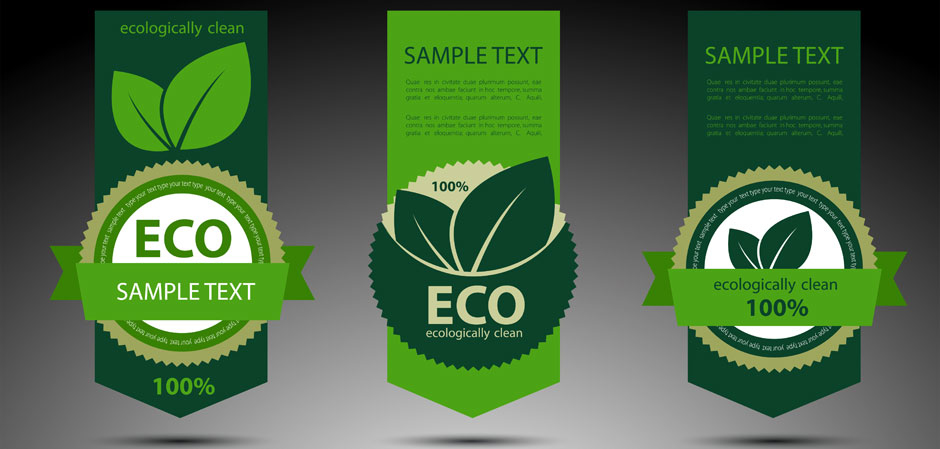
Ethics issues are primarily related to whether animal tests have been carried out, and the sign "cruelty-free" serves as a guarantee of their absence. It should be noted that even vegan products do not exclude such tests to check individual ingredients.
Consumers of cosmetics, in comparison with buyers of fashionable clothes, have great opportunities in assessing the quality and environmental friendliness of raw materials, information about which is presented in online publications. To evaluate the ingredients, you can use the database of the International Nomenclature of Cosmetic Ingredients (INCI). This tool allows you to understand what the product consists of, starting with active substances and ending with preservatives, as well as to understand the origin and purpose of individual ingredients. The analysis is available thanks to online resources, such as the service EKOKOSMETIKA.RU .
To be continued.
Text: Elena Varnina
Photo: shutterstock


